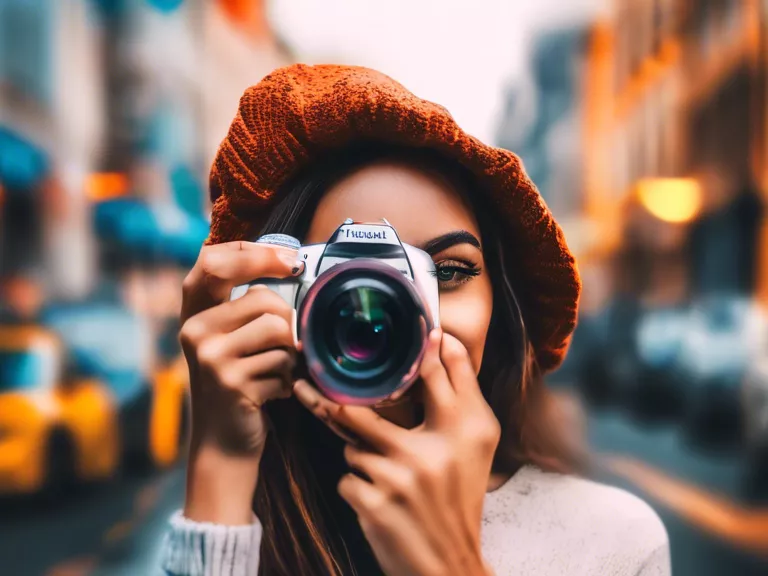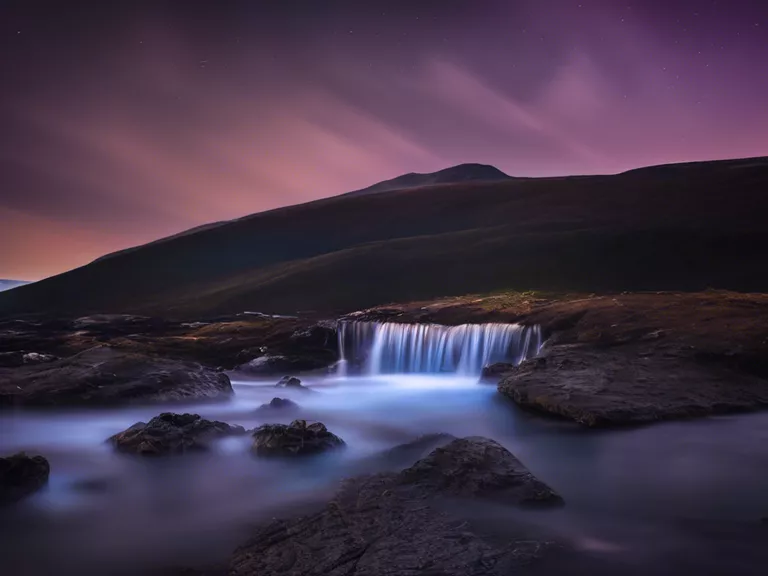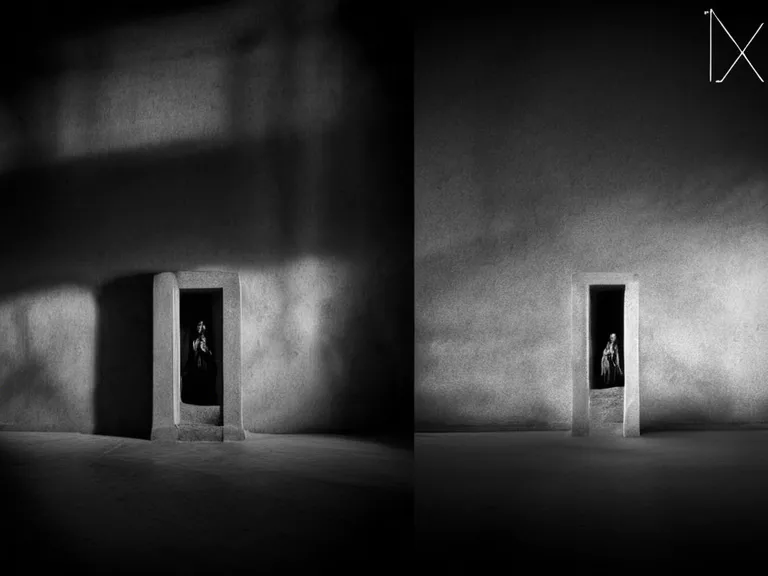
Leading lines play a crucial role in creating stronger compositions in photography and art. By using lines that guide the viewer's eye towards the main subject or point of interest, photographers and artists can effectively convey a sense of movement, depth, and visual harmony in their work.
Leading lines can be found in various forms in nature and man-made structures, such as roads, rivers, fences, and buildings. They can be straight, curved, diagonal, or converging, but their primary purpose remains the same - to direct the viewer's gaze and create a visual path through the image.
One of the key advantages of using leading lines is that they help draw the viewer's attention to the main subject or focal point of the composition. By strategically placing lines in a way that leads towards the subject, photographers can create a sense of unity and cohesion in their images, making them more visually appealing and engaging.
Another benefit of leading lines is that they can help create a sense of depth and perspective in the image. When lines converge towards a point in the distance, they give the impression of distance and three-dimensionality, adding a sense of realism and immersion to the composition.
Furthermore, leading lines can also be used to create a sense of movement and dynamism in the image. By using lines that lead the viewer's eye in a specific direction, photographers can create a sense of motion and energy in their compositions, making them more engaging and impactful.
In conclusion, leading lines are a powerful compositional tool that can significantly enhance the visual impact of an image. By using lines to guide the viewer's gaze towards the main subject, create depth and perspective, and convey movement and dynamism, photographers and artists can create stronger and more compelling compositions that captivate the viewer's attention.



